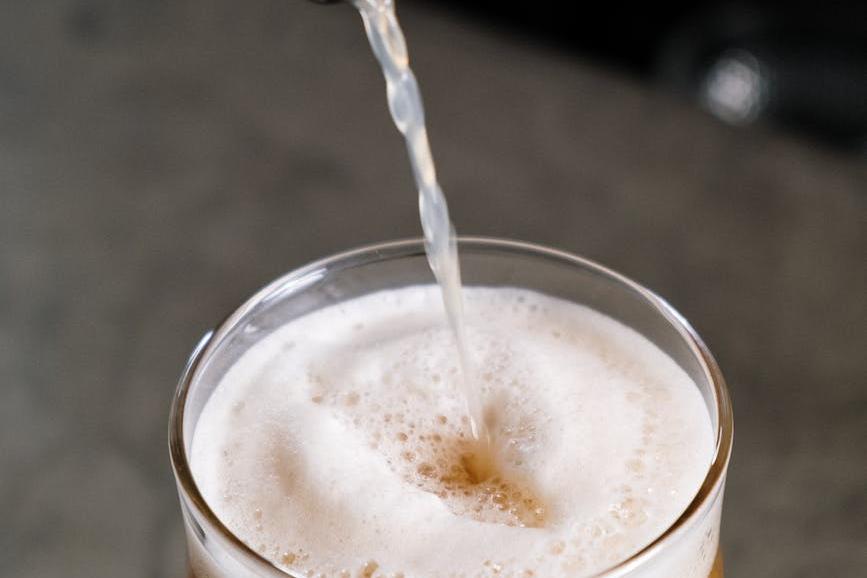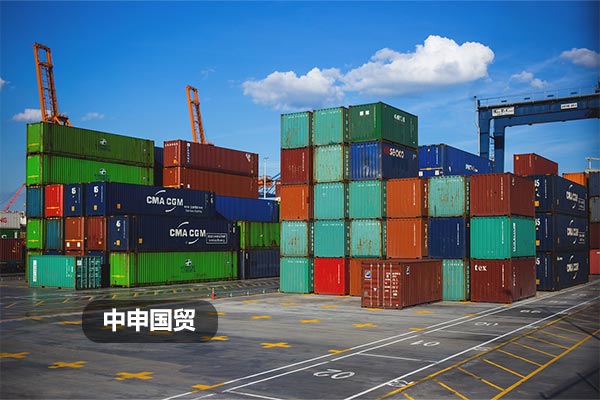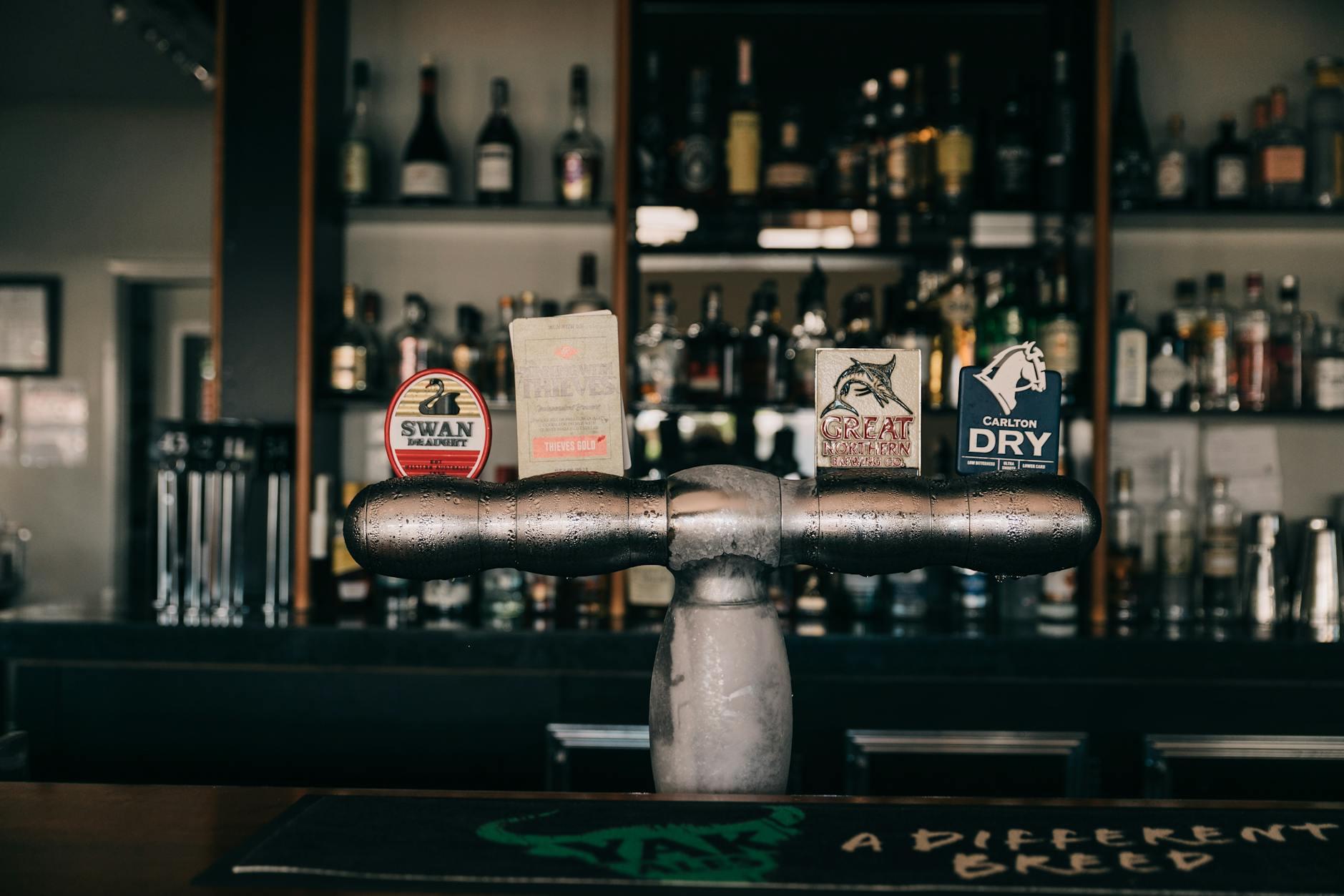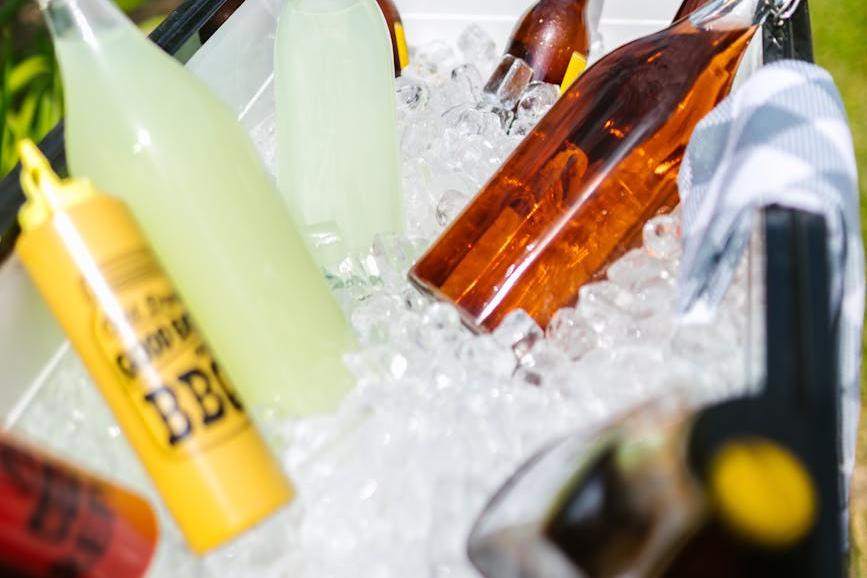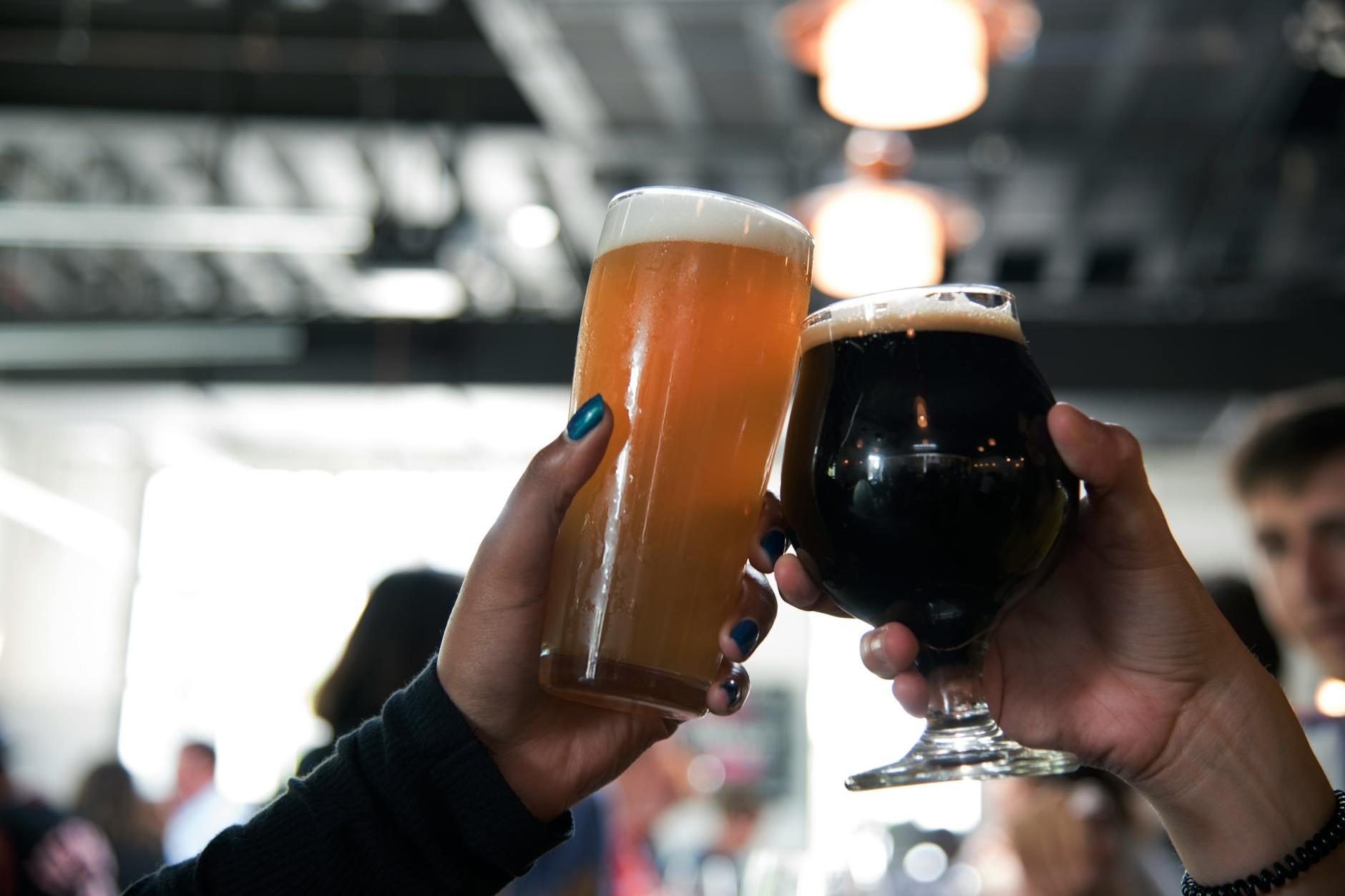- Shanghai Zhongshen International Trade Co., Ltd. - Two decades of trade agency expertise.
- Service Hotline: 139 1787 2118
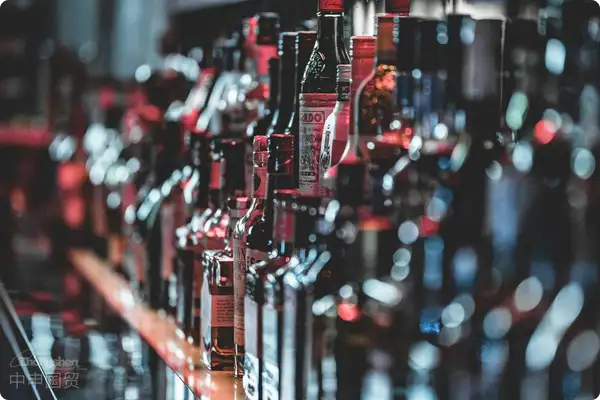
When Craft Beer Meetsforeign tradeRules
Holding a 330ml glass bottle of Belgian abbey craft beer, many importers dont realize this small-capacity choice is altering the entire clearance equation. As a veteran customs broker with 300+ beer import cases, today Ill show you the trade rules hidden in the malt aroma.
Trap 1: Small bottles ≠ standard HS codes
In last years cases we handled, 23% of disputes stemmed from capacity-related HS code controversies. For example:
- 330ml glass bottled beer applicable to HS Code 22030000
- The same brands 500ml version may trigger additional clauses
An importer once misdeclared 284ml seasonal edition as standard specification, resulting in 11-day port detention for the entire container. RememberFor every 50ml reduction in capacity, compliance risks increase exponentially.
Trap 2: The 3-millimeter life-or-death line for Chinese labels
In the new prepackaged food labeling regulations implemented in 2025, special attention for beer category:
- Alcohol percentage marking must exactly match the scale on the bottle
- Yeast strains in ingredient list must include Latin scientific names
- QR code traceability information must have pixel density no lower than 300dpi
Last month we assisted a German brand with label adjustment, saving 86,000 RMB in rectification costs by conducting compliance pre-review 3 weeks in advance.
Trap 3: The temperature fluctuation in climate-controlled warehousing
Small-capacity beer is more sensitive to temperature fluctuations. It is recommended to adopt segmented temperature control:
| Transportation phase | Recommended temperature | Permissible Fluctuation |
|---|---|---|
| Maritime TransportationContainer | 8-12℃ | ±2℃/24h |
| Bonded warehouse storage | 10-15℃ | ±1℃/week |
| Domestic distribution | 15-20℃ | ±3℃/12h |
Trap 4: Compliance Risks Brewed by Cultural Differences
Last year, a Nordic beer was required to provide ethnic culture review certification upon entry due to Viking totems printed on its bottles. Recommendations:
- Obtain design draft pre-review three months in advance
- Prepare dual-version packaging solutions
- Establish a religious and cultural symbols database
Trap 5: The Butterfly Effect of Sample Declarations
The most challenging case weve handled originated from 6 bottles declared as not for sale trial wine samples.
- Failure to mark as samples resulted in entire batch being taxed as general trade goods
- Missing quality safety commitment letter triggered return shipment
- Non-individual packaging raised cross-contamination concerns
We now specifically require clients to attach fluorescent identification bands to sample boxes and equip them with independent temperature recorders.
Professional Pitfall Avoidance Guide
Based on the latest customs clearance practices in 2025, the following measures are recommended:
- Select a customs broker with alcohol experience (check beer clearance records from the past three years)
- Conduct HS code pre-confirmation in advance (recommended at least 3 working days)
- Prepare bilingual material lists (specified down to bottle cap gasket materials)
- Purchase transport quality insurance (pay special attention to foam index changes caused by bumps)
When youre twirling that small beer bottle in a bar admiring its lacing, dont forget the numerous challenges this liquid gold overcame crossing oceans. Choose the right customs partner to ensure every sip of richness reaches consumers lips legally and compliantly. Cheers!
Related Recommendations
? 2025. All Rights Reserved. Shanghai ICP No. 2023007705-2  PSB Record: Shanghai No.31011502009912
PSB Record: Shanghai No.31011502009912
